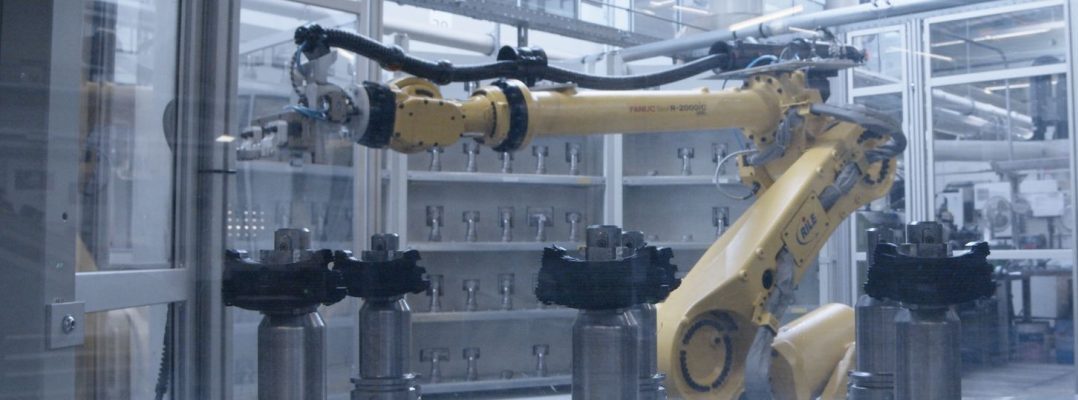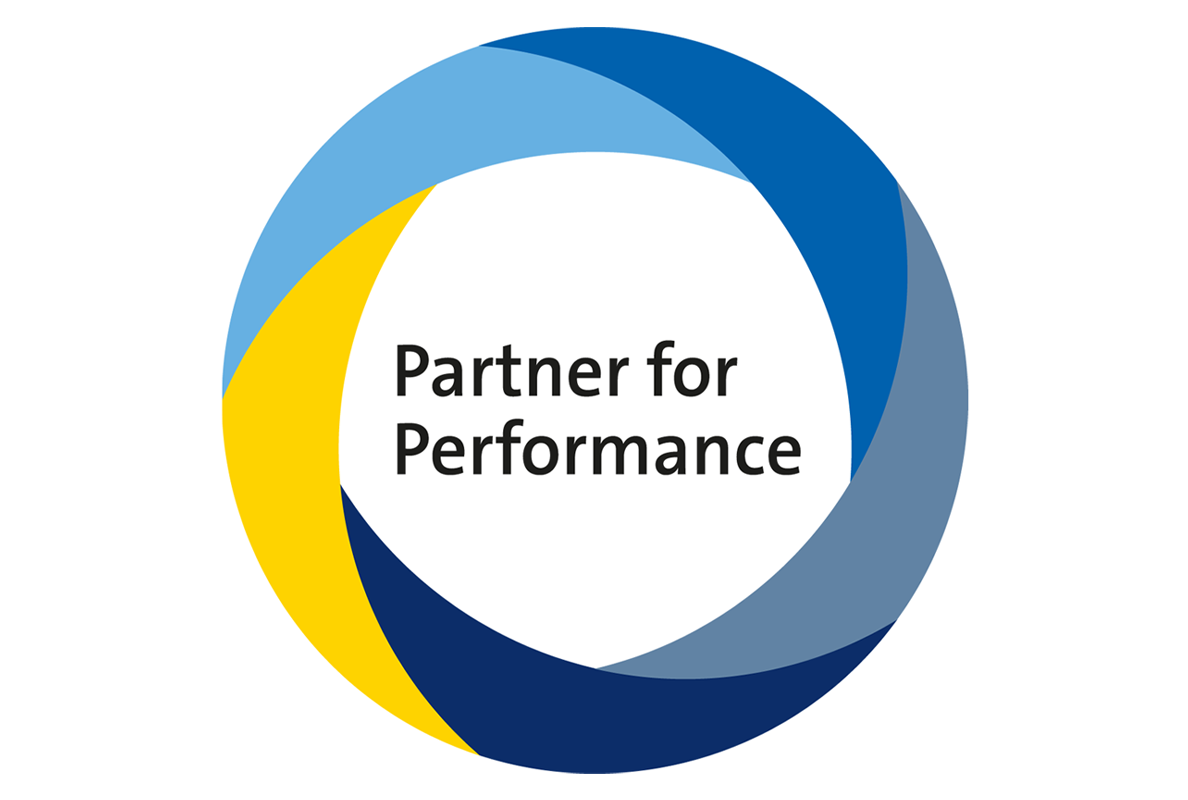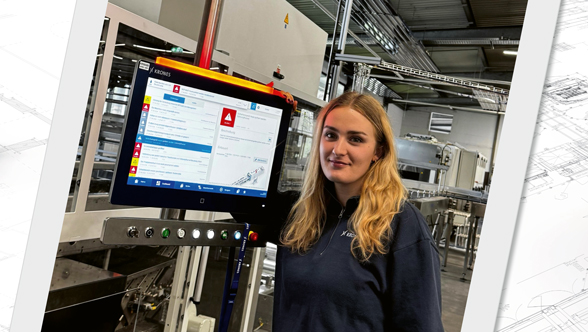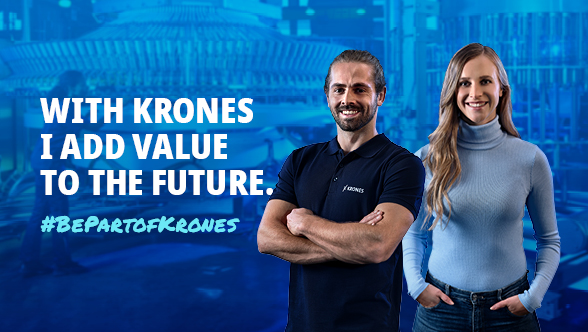Glue pallets are manufactured there on a state-of-the-art, almost completely automated production line. Which means the client, for all retrofit jobs and spare parts, too, gets precisely the quality for which he opted when buying his Krones labeller.
But what are the determinant features of this quality? “It’s of paramount importance that the glue pallets are really manufactured to maximised precision. Only then will the feed movement at the container be optimally performed, thus enabling wear and tear to be avoided not only on the rubber coating of the pallet but also on the rest of the labelling unit,” explains Christian Zimmerer from Krones’ Lifecycle Service. What’s more, an accurately manufactured pallet can prevent the machine from being soiled by excessive or incorrectly distributed glue. And ultimately, the quality of the pallets also has a direct effect on the visual appeal of the client’s finished product on the supermarket shelves – since only when the gluing function is optimally fine-tuned will the labelling result exhibit the requisite quality and visual appeal.
Quality based on accurate pallet dimensions is assured in the production operation at Krones not least by fully automatic, meticulous measurement of the blanks, and of the finished components as well – there is practically no longer any scope for deviations. Additional advantages of automation: production is speeded up, and the components can be reproduced at will in precisely the same quality. And if a client orders as a spare part a pallet that has already been manufactured on this line, production will be completed even faster – because the data involved are still in the system. In this video, you’ll see the process with your own eyes:












